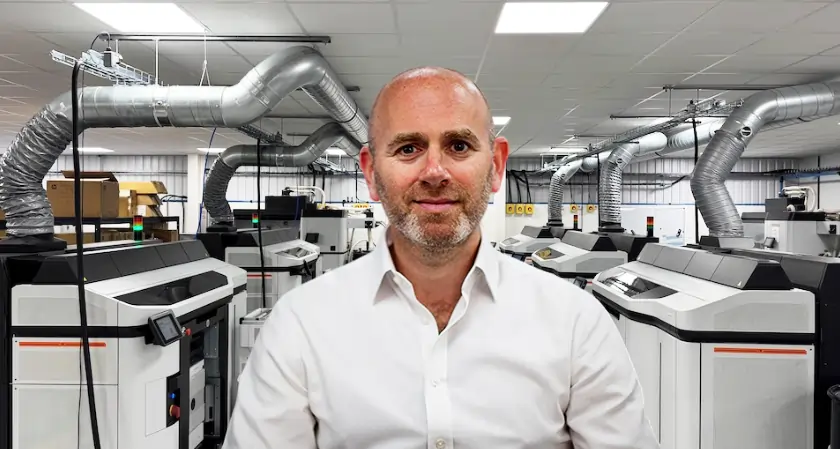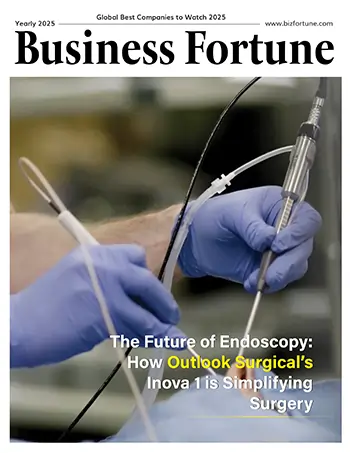Home Innovation 3D Printing UK Defence Risks Losing £...
UK Defence Risks Losing £110m Savings By Ignoring 3D Printing, Experts Warn
3D Printing

Business Fortune
13 September, 2025
Industry leaders urged the Ministry of Defence to adopt additive manufacturing at DSEI UK, pointing out that it can reduce costs, increase supply chain resilience, and accelerate defence innovation.
An industry executive has cautioned that the UK military sector is losing out on transformational manufacturing that may increase supply chain resilience and save £110 million. According to specialists at this week's DSEI UK conference, acceptance of contemporary 3D printing is being hampered by a lack of knowledge. According to AMUK chairman Craig Pyser, additive manufacturing is a crucial component of supply chain strength in the Ministry of Defence's new Advanced Manufacturing Strategy.
According to a Defence Innovation Unit research used in the MoD's plan, additionally producing 15% of the defense inventory may result in a net gain of £110 million over 15 years, with continued yearly savings of £35.5 million, he added. However, these benefits rely on bridging a crucial knowledge gap between procurement teams managing major defense contracts and the industry. Although there is currently technology and competent UK companies, adoption is being hampered by a lack of awareness. In order to influence the debate, education is crucial.
Aiming for 2.5% of GDP by 2027, the government has committed £2.9 billion more to defense in 2024. This investment necessitates robust supply chains, quick adaptation, and less dependence on foreign sources.
The CEO of Portsmouth-based additive manufacturing AMufacture, Pyser, co-founded the business with Olympic sailor and veteran naval architect Will Howden. The company has made significant investments in HP Multi Jet Fusion automation and technology, and it has completed projects for clients in the automotive, aerospace, medical, and marine industries. AMufacture, which is situated close to important defense contractors like BAE Systems, Airbus, and Lockheed Martin, is a prime example of the UK's capabilities that the MoD plans to utilize.
Pyser emphasized that the problem lies not in the technology but rather in antiquated beliefs: many people still see 3D printing as a production method from ten years ago rather than as a contemporary one. Additive manufacturing provides a significant answer to obsolescence, the top recognized supply issue, since the MoD manages approximately 1.3 million inventory goods. Particularly intriguing are UAV and drone components, which allow for quick iterations and on-demand manufacturing, as demonstrated by the US military's round-the-clock 3D-printed drone systems.
He maintained that in order to demonstrate how 3D printing can lower prices, lessen its impact on the environment, and improve performance, the UK's robust talent pool in this area needed more exposure. Defence could save £110 million and spur major economic growth for some of the nation's fastest-growing firms if it adopts these skills.


































